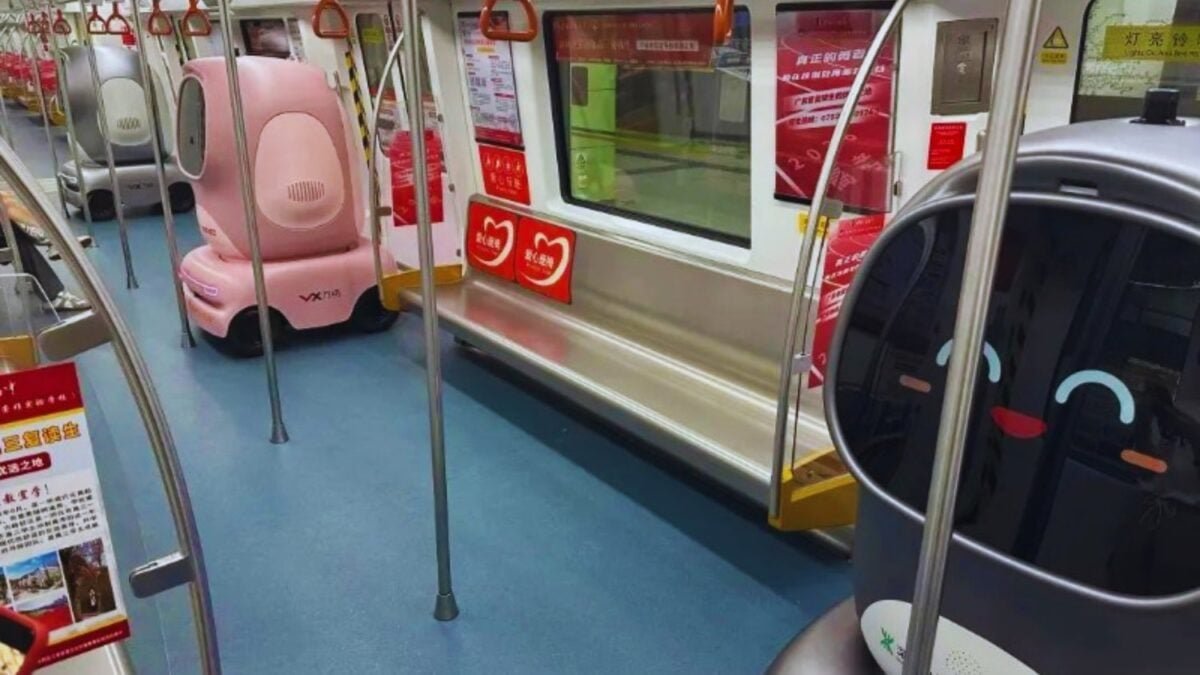When peeps head down, bots go up: How Shenzhen’s metro moves packages, not people

When the day fades away, the hustle and bustle of the city’s underground transform into a different world. Instead of commuters, precision-driven workers navigate the corridors, hauling metal cages filled with packages. No drivers, no operators – just a system turning the tunnels into logistical arteries.
The metro as a logistical highway

Shenzhen, a tech hub in China, was drowning in traffic and e-commerce deliveries. The solution? Utilize off-peak metro hours to transport goods efficiently.

Line 11 of the metro in Shenzhen sees metal cages loaded with packages in a converted logistics space, traveling through the city in record time.
When passengers leave, robots stay

Robovans transport packages to the metro platform, where they embark on their journey towards the final destination. Line 2 experiments with autonomous robots delivering products to stores inside stations.

A competitive industrial ecosystem drives down costs, making this logistical experiment more economically viable.
The metro, usually associated with passenger transport, is now a dual platform of efficiency and economic value. The potential for urban planners and technologists is vast, as Shenzhen sets an example of repurposing existing infrastructure to solve logistical challenges.
The metro that never sleeps
With the metro evolving into a logistical powerhouse during off-peak hours, it showcases the potential for reimagining public transportation systems. Under the cover of darkness, packages are transported, routes are optimized, and the groundwork for a future where trains carry more than just passengers is laid.




